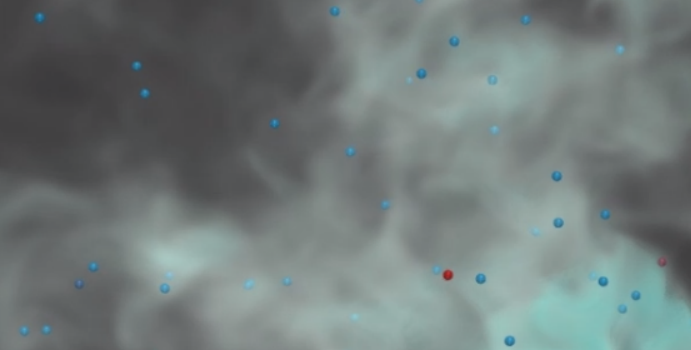
LEARNING OUTCOMES
Overview: The student gains an overview of multiphase flow submodels used in many software, in particular, in combustion and reacting flow context. The student can name such submodels and explain the physical principles behind their functionality.
Droplets and particles: The student understands liquid droplet/bubble/particle submodeling field and can use Matlab to write small programs to simulate motion, vaporization and breakup of particle phase with relevance to any multiphase flow.
Chemical reaction and combustion modeling in 0d: The student can apply the Cantera software to model thermodynamics of chemical reactions/combustion processes with relevance to various reacting processes and emissions.
Premixed combustion in 1d: The student can apply the Cantera software to model 1d flame propagation and flame speed with relevance to combustion and emissions.
Fluid dynamics: The student can use a provided Matlab code to simulate a) mixing with relevance to various industrial processes, and b) a premixed Bunsen flame with simple combustion model.
Credits: 5
Schedule: 26.02.2024 - 04.06.2024
Teacher in charge (valid for whole curriculum period):
Teacher in charge (applies in this implementation): Ville Vuorinen
Contact information for the course (applies in this implementation):
CEFR level (valid for whole curriculum period):
Language of instruction and studies (applies in this implementation):
Teaching language: English. Languages of study attainment: English
CONTENT, ASSESSMENT AND WORKLOAD
Content
valid for whole curriculum period:
The course offers a systematic walk-through to theory, simulation and modeling of multiphase flow systems encountered in various industrial processes. Typically such processes involve fluid flow and mixing, droplets/bubbles/particles, mixing, combustion and/or chemically reacting systems. Understanding such multiphase flows is relevant for improved fluid system operation, experimental work and numerical design by CFD methods. By completing five assignments, the student learns basics of particle submodel implementation, to simulate different fluid flows with provided Matlab code, and numerically investigate chemical reactions with relevance to sustainable modern combustion concepts. After the course the student can apply the information in experimentally and computationally oriented research and development context.
Assessment Methods and Criteria
valid for whole curriculum period:
5 assignments returned every two weeks
Lectures and computer classes
Exam
Workload
valid for whole curriculum period:
Lectures 26h + independent work 26h
Exercises 24 h + independent work 48h
Preparation for exam 6h
= 133 h
DETAILS
Study Material
valid for whole curriculum period:
Material will be distributed via MyCourses.
Substitutes for Courses
valid for whole curriculum period:
Prerequisites
valid for whole curriculum period:
SDG: Sustainable Development Goals
7 Affordable and Clean Energy
11 Sustainable Cities and Communities
13 Climate Action
FURTHER INFORMATION
Further Information
valid for whole curriculum period:
Teaching Language : English
Teaching Period : 2022-2023 Spring IV - V
2023-2024 Spring IV - VEnrollment :
Registration for the course via Sisu (sisu.aalto.fi).
